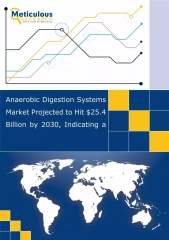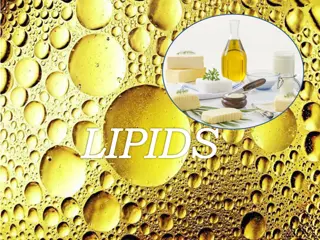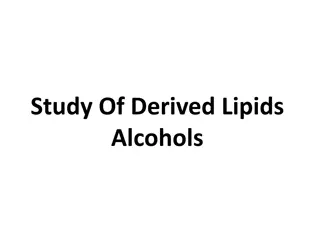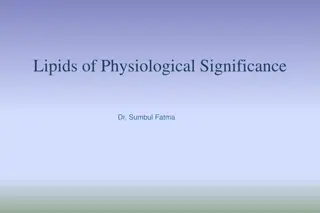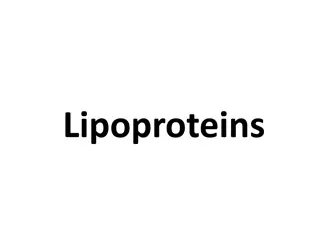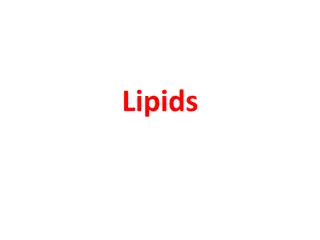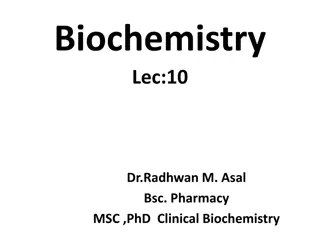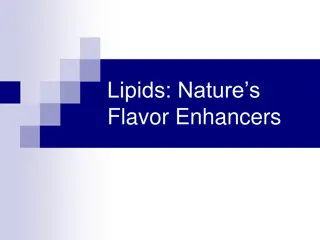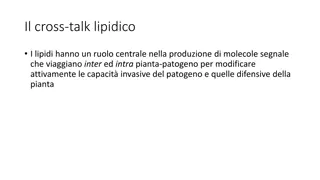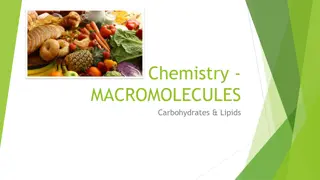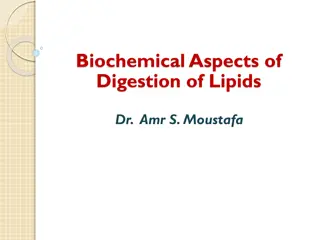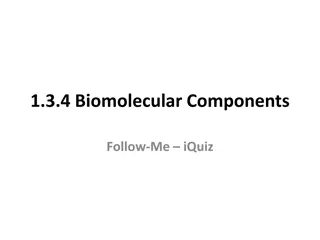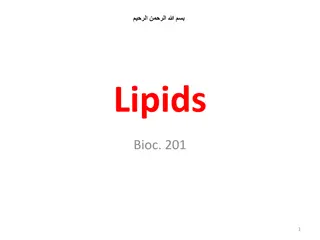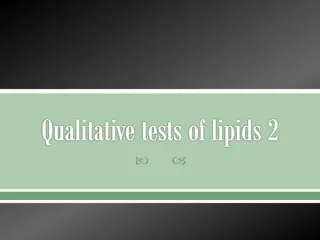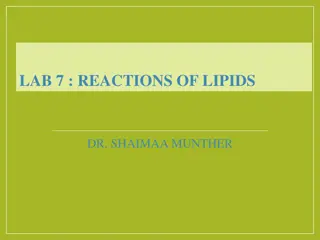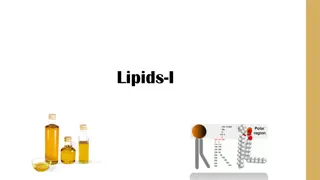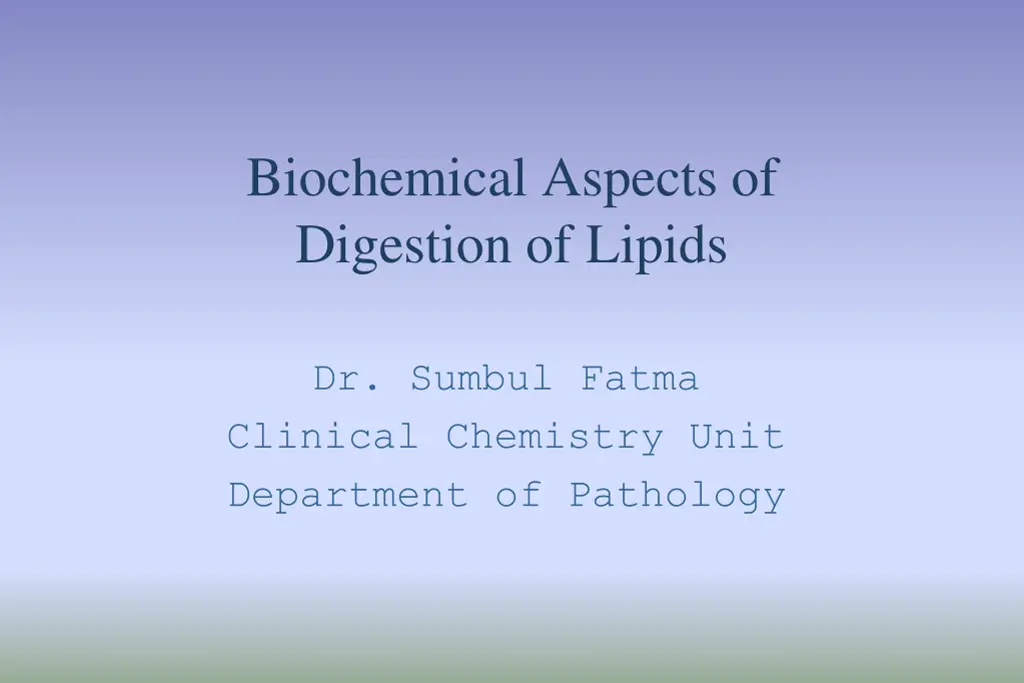
Understanding Lipid Digestion Process in the Body
Explore the biochemical aspects of lipid digestion, including the organs and enzymes involved. Learn about the synthesis, secretion, and clinical manifestations related to lipid digestion disorders. Discover how dietary lipids are processed and utilized by the body.
Download Presentation

Please find below an Image/Link to download the presentation.
The content on the website is provided AS IS for your information and personal use only. It may not be sold, licensed, or shared on other websites without obtaining consent from the author. If you encounter any issues during the download, it is possible that the publisher has removed the file from their server.
You are allowed to download the files provided on this website for personal or commercial use, subject to the condition that they are used lawfully. All files are the property of their respective owners.
The content on the website is provided AS IS for your information and personal use only. It may not be sold, licensed, or shared on other websites without obtaining consent from the author.
E N D
Presentation Transcript
Biochemical Aspects of Digestion of Lipids Dr. Sumbul Fatma Clinical Chemistry Unit Department of Pathology
Objectives By the end of this lecture the Second Year students will be able to: Understand the process of digestion of dietary lipids including, the organs involved, the enzymes required, and the end products. Study the synthesis, secretion and fate of chylomicron Understand the clinical manifestations of diseases that involve defective lipid digestion and/or absorption (indigestion and malabsorption syndrome)
Overview Dietary lipid: organs and enzymes Lipid digestion in the stomach and intestine Lipid degradation by the pancreatic enzymes Pancreatic insufficiency Control of lipid digestion Lipid absorption, re-synthesis and secretion Lipid malabsorption Use of dietary lipid by the tissues
Dietary lipids Dietary lipids intake is ~81 g/day Triacylglycerol is >90% The remainder includes: Cholesterol Cholesterol ester Phospholipids Glycolipids Free fatty acids
Dietary lipids: Organs and Enzymes Stomach Lingual lipase Gastric lipase Small intestine Lipase / C0-lipase Cholesterol esterase Phospholipase A2 Lysophospholipase
Lipids digestion in the stomach Catalyzed by an acid-stable lipase (lingual lipase) Triacyglycerols (TAGs) are hydrolyzed by the lipases secreted: Under the tongue and gastric mucosa Acid lipases are important for lipid (milk fat) digestion in neonates and patients with pancreatic insufficiency
Lipid digestion in the small intestine Emulsification: Occurs in the duodenum Increases surface area of lipid droplets To maximize the effect of digestive enzymes Two mechanisms: 1. Detergent properties of bile salts in the bile Bile salts emulsify dietary lipid particles 2. Mechanical mixing by peristalsis
Lipid degradation by pancreatic enzymes TAG degradation: Performed by pancreatic lipase, colipase Removes fatty acids at C1 and C3 Leaving 2-monoacyglycerol and free fatty acids (FFAs) Cholesteryl ester degradation: Hydrolyzed by cholesterol esterase Produces cholesterol + FFAs
Digestion of TAG by Pancreatic Lipase & Colipase Pancreatic lipase : Found in high conc. in pancreatic secretion (2-3% of total proteins) Inhibited by Orlistat, an antiobesity drug
Digestion of Cholesterol Ester by Cholesterol Esterase
Digestion of Phospholipids (PL)by Phospholipase A2 & Lysophospholipase Fatty acid H2O Lysophospholipid PL Phosphophlipase A2 Fatty acid H2O Glycerolphosphoryl base Lysophospholipid Lysophosphophlipase Excreted in the feces, degraded or absorbed
+ Esterase
Pancreatic insufficiency in cystic fibrosis (CF) CF is due to genetic mutations in CFTR (transmembrane conductance regulator protein) Functions as chloride channel on epithelium Defective CFTR causes: Decreased secretion of chloride Increased reabsorption of sodium and water Decreased hydration in pancreas thickens the pancreatic secretions Pancreatic enzymes are unable to reach the intestine Treatment: enzyme and fat-soluble vitamin supplementation
Control of lipid digestion Controlled by hormones: Cholecystokinin (CKK) Acts on gallbladder to release bile Acts on pancreas to release enzymes Decreases gastric motility (slow release of gastric contents) Secretin Low pH stimulates its secretion Acts on pancreas and liver to release bicarbonate Neutralizes the pH of the contents before entering the small intestine
Lipid absorption by enterocytes Products of lipid digestion (FFAs, free cholesterol, 2-monoacylglycerol) combine with bile salts and fat-soluble vitamins They form mixed micelles (disk-shaped particles) Absorbed by brush border membrane of enterocytes Short and medium chain length fatty acids are absorbed directly
Mixed micelles are hydrophobic inside and hydrophilic outside
Resynthesis of TAG / Cholesteryl esters Digested lipids absorbed by enterocytes migrate to endoplasmic reticulum for complex lipid biosynthesis Fatty acids activated to acyl CoA form 2-Monoacyglycerols TAGs
Assembly of chylomicrons by enterocytes Newly synthesized TAG and cholesterol ester are packaged as lipid droplets surrounded by thin layer of: Apolipoprotein B-48 (apo B-48) Phospholipids Free cholesterol
Secretion of chylomicrons by enterocytes By exocytosis into lymphatic vessels around villi of small intestine (lacteals) which enter into systemic circulation Serum becomes milky after a fatty meal
Lipid malabsorption Increased excretion of lipids, fat-soluble vitamins and essential FAs in the feces Due to defects in lipid digestion or absorption Can be caused by CF or shortened bowel
Key concepts for digestion and absorption of dietary lipids
Take home message Lipid digestion begins in stomach Emulsification of lipids occurs in duodenum, helped by peristalsis and bile salts Intestinal digestion of lipids by pancreatic enzymes Lipid absorption by mixed micelles Re-synthesis of TAGs, cholesterol ester and PLs inside the intestinal mucosal cells Assembly and secretion of chylomicrons into lymphatic lacteals and then into systemic circulation
References Lippincott s Illustrated Reviews, Biochemistry, 5th edition, Denise R. Ferrier, Lippincott Williams & Wilkins, USA. Chapter 15: pages 173-180

